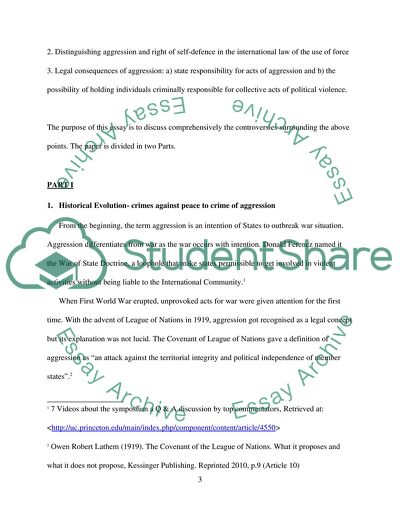Cite this document
(Crime against Peace Research Paper Example | Topics and Well Written Essays - 5000 words, n.d.)
Crime against Peace Research Paper Example | Topics and Well Written Essays - 5000 words. Retrieved from https://studentshare.org/law/1739830-crime-of-aggression-crime-against-peace
Crime against Peace Research Paper Example | Topics and Well Written Essays - 5000 words. Retrieved from https://studentshare.org/law/1739830-crime-of-aggression-crime-against-peace
(Crime Against Peace Research Paper Example | Topics and Well Written Essays - 5000 Words)
Crime Against Peace Research Paper Example | Topics and Well Written Essays - 5000 Words. https://studentshare.org/law/1739830-crime-of-aggression-crime-against-peace.
Crime Against Peace Research Paper Example | Topics and Well Written Essays - 5000 Words. https://studentshare.org/law/1739830-crime-of-aggression-crime-against-peace.
“Crime Against Peace Research Paper Example | Topics and Well Written Essays - 5000 Words”, n.d. https://studentshare.org/law/1739830-crime-of-aggression-crime-against-peace.


